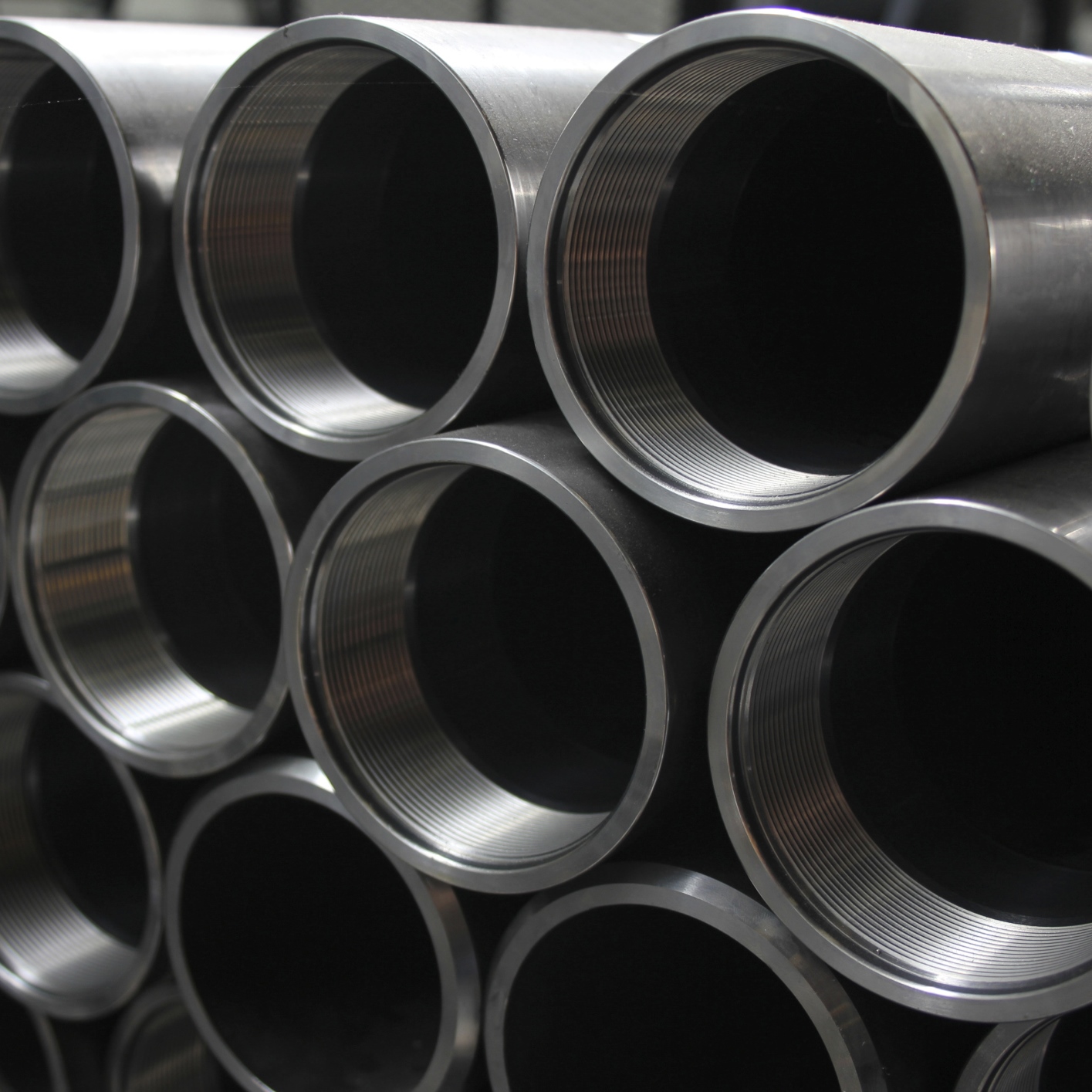Economy
Philly Fed Remains Positive, but Slower Growth in October

Published:
Last Updated:

The Federal Reserve Bank of Philadelphia has released its October 2016 Manufacturing Business Outlook Survey results, what the rest of us call the “Philly Fed Manufacturing Report.” Manufacturing activity in the region continued to grow in October, but at a reduced rate. Its monthly diffusion index of current activity fell to 9.7 from the 12.8 index reading from September.
Dow Jones and Bloomberg were both calling for a reading of 7.0, and Bloomberg showed that the Econoday range was 2.0 to 15.6.
This month, manufacturing firms were asked about expected changes to capital expenditures over the next year compared to the current year. As far as a breakdown on how each sub-index came, new orders grew but employment was shown to still be not growing.
October’s report summary said:
Results from the October Manufacturing Business Outlook Survey suggest that regional manufacturing conditions continued to improve. Indexes for general activity, new orders, and shipments were all positive this month. But firms reported continued weakness in overall labor market conditions. Firms expect continued growth for manufacturing over the next six months and are becoming more optimistic about employment expansion.
The index for current manufacturing activity, despite showing lower growth, has now been positive for three consecutive months. Firms reported continued weakness in manufacturing employment. Price pressure (inflation) was called moderate. Individual index breakdown points were shown as follows:
- The new orders index improved markedly this month, increasing from 1.4 in September to 16.3 in October.
- The percentage of firms reporting increases in new orders this month rose to 40 percent from 30 percent last month.
- The current shipments index also improved, rising 24 points to 15.3.
- The percentage of firms reporting a decrease in employees in October (17 percent) exceeded the percentage reporting an increase (13 percent).
- The current employment index edged up slightly to -4.0.
- The percentage of firms reporting a shorter workweek (19 percent) was slightly greater than the percentage reporting a longer workweek (17 percent).
- The average workweek index remained negative at -2.2.
- The prices paid index decreased 14 points to 7.0.
- Nearly 73 percent of the firms reported that input prices were unchanged, but the percentage of firms reporting price increases (15 percent) exceeded the percentage reporting price decreases (8 percent).
- On prices received for firms’ own manufactured goods, the largest percentage of firms (81 percent) reported no change in prices.
- The percentage of firms reporting price decreases for their own products (9 percent) exceeded the percentage reporting price increases (6 percent).
- The index for current prices received declined 13 points, to -3.7.
- The diffusion index for future activity declined from 37.5 in September to 32.6 in October.
- Nearly 45 percent of the firms expect increases in activity over the next six months, and 52 percent expect increases in new orders.
- The average capacity utilization rate reported was nearly 74 percent, down 1 point from a year ago.
Additional summary notes were as follows:
- The delivery times, unfilled orders, and inventories indexes remained weak, however, with all registering negative readings, although they were less negative than in September.
- Overall, firms remain optimistic about business conditions over the next six months, and prospects for employment continue to be upbeat.
- Indexes for general activity, new orders, and shipments all indicated expansion this month. However, firms reported continued reductions in overall employment. Firms remained optimistic about increases in overall business activity over the next six months.
Let’s face it: If your money is just sitting in a checking account, you’re losing value every single day. With most checking accounts offering little to no interest, the cash you worked so hard to save is gradually being eroded by inflation.
However, by moving that money into a high-yield savings account, you can put your cash to work, growing steadily with little to no effort on your part. In just a few clicks, you can set up a high-yield savings account and start earning interest immediately.
There are plenty of reputable banks and online platforms that offer competitive rates, and many of them come with zero fees and no minimum balance requirements. Click here to see if you’re earning the best possible rate on your money!
Thank you for reading! Have some feedback for us?
Contact the 24/7 Wall St. editorial team.